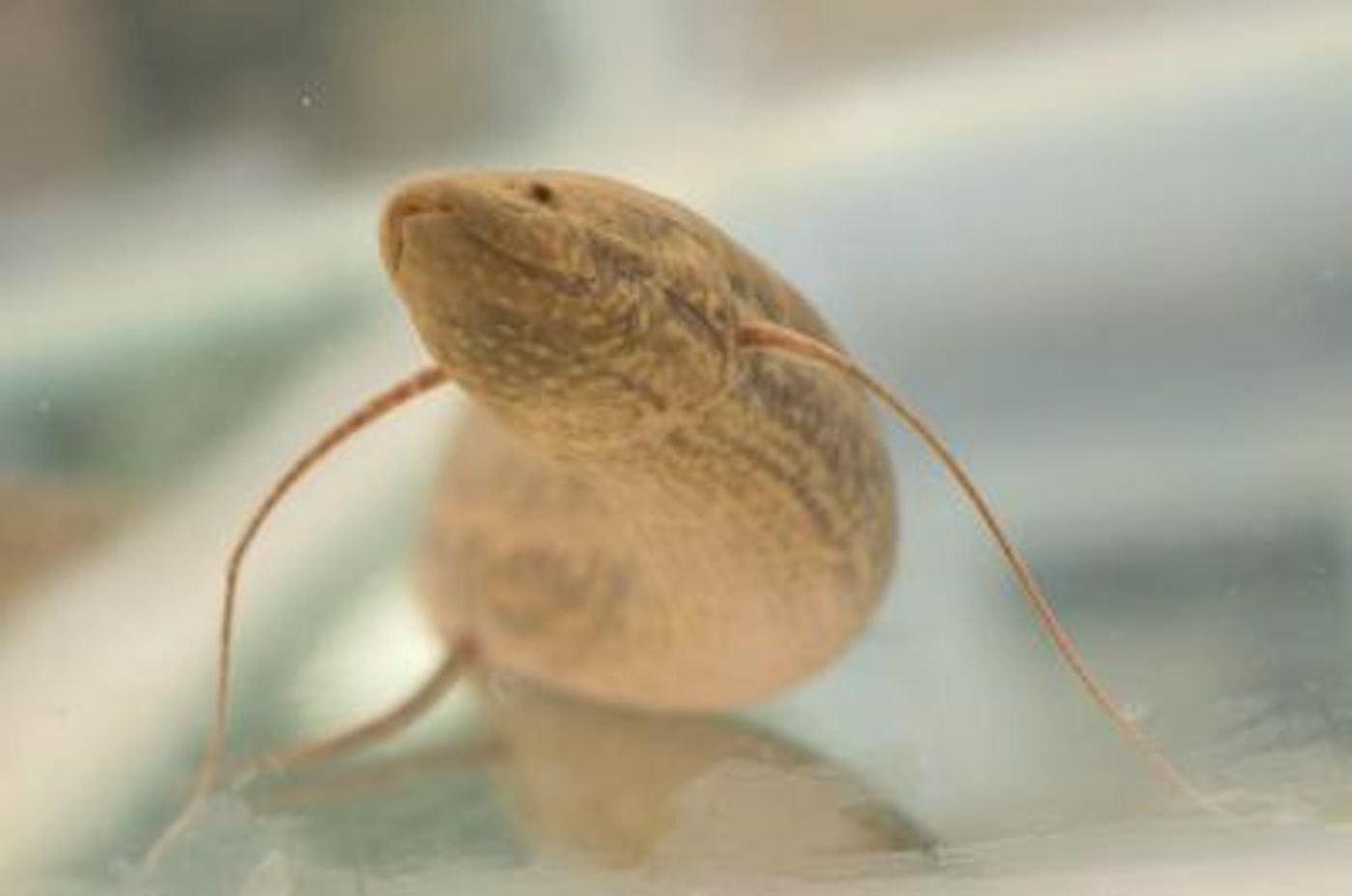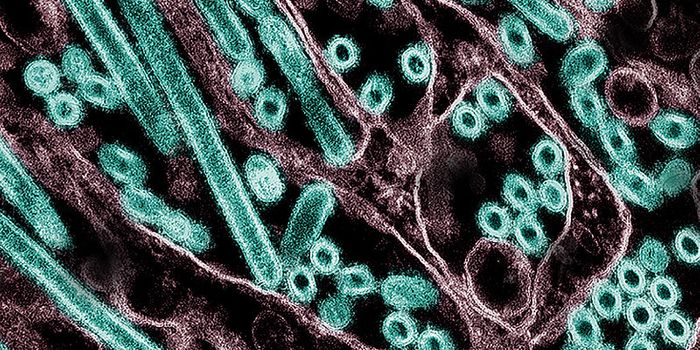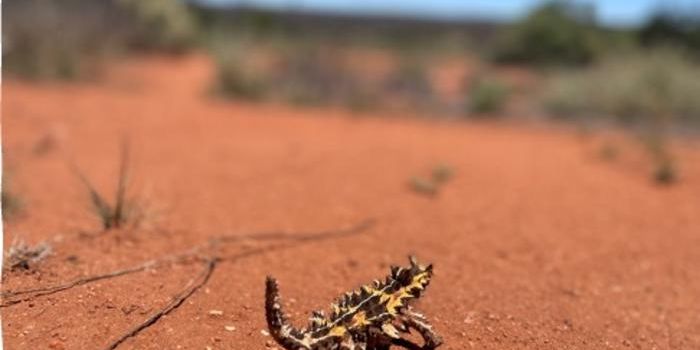The Lungfish is a Living Antimicrobial Sponge
African lungfish are incredible animals that survive in freshwater or on land. Research on lungfish has taught us more about how vertebrates made the transition from water to land, because their ancient ancestors were around about 420 million years ago when that transition is thought to have happened. Most of their contemporaries went extinct long ago. The lungfish genome is huge, and the 43 billion bases in its DNA were sequenced earlier this year.
Lungfish are related to all vertebrates with four legs, and though they have gills, they can also breathe air. Lungfish can survive dry seasons that are months and even several years long. During those dry seasons lungfish have limited access to food and water, but these animals are able to sense the onset of dry seasons. When that happens, they start to produce a lot of mucous in response. The lungfish surrounde themselves with this mucous, which hardens into a kind of cocoon. But that hard shell can prevent the lungfish inside from drying out as they await the next rainy period.
While they wait, they are susceptible to threats posed by pathogens and predators. Scientists wanted to know more about how these animals protect themselves during their periods of dormancy, and how their immune system is involved.
New work reported in Science Advances by an international team of researchers has shown that the cocoon of the lungfish is no basic sleeping bag; it appears to be a living organism that has antimicrobial properties.
Previous work has shown that lungfish carry an abundance of a type of white blood cell called a granulocyte. In this study, the researchers tracked the granulocytes in lungfish, and found that the cells can migrate continuously from the cocoon to the skin of the animal. The study indicated that lungfish can essentially induce an inflammatory process and remodel its own tissue. The granulocytes generate traps that physically trap bacterial cells, and thus prevent infection. When lungfish did not have these traps, they became vulnerable to infections, some of which caused signs of illness like hemorrhaging.
Sources: Science Advances









